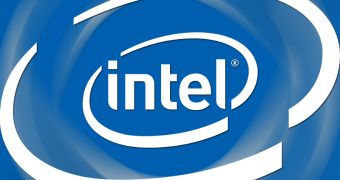The Ivy Bridge CPU architecture was synonymous with high-end CPUs for a long while, but that changed when word of Celeron and Pentium models appeared.
What we've now learned, thanks to data that Intel let slip and the attentiveness of certain people on the net (CPU World), there will be quite a few Celeron Ivy Bridge chips.
Three of them will be solely available on the embedded market, as part of specialized devices used in transportation systems, point of sale, vehicles, etc.
The Celeron 927UE is a single-core unit with 1 MB cache (L3), 1.5 GHz speed, 350/900 MHz GPU speed and a TDP of 17W.
The Celeron 1047UE, also a 17W chip with 350/900 MHz GPU, is a dual-core unit with 2 MB cache and 1.4 GHz frequency.
The third CPU is called Celeron 1020E, has two cores and a speed of 2.2 GHz. Its integrated graphics processor is stronger as well, at 650/1,000 MHz. Unfortunately, this means a higher TDP (35W).
All newcomers will support Virtualization technology, but will lack Hyper Threading, meaning that the host system won't have twice the number of logical cores to work with.
Intel's Celeron 1020E, 927UE and 1047UE will replace the B810/810E, 827E and 847E respectively.
That said, since Intel usually releases new embedded CPUs when it provides new desktop and notebook processors, there are high odds for mobile Celeron Ivy Bridge chips to make their entrance in the first quarter of 2013 as well.
It would certainly help shift consumer opinion away from the conviction that all Ivy Bridge chips are overpowered and too expensive.
As if to add credence to that assumption, a previous report, made less than a week ago, implied that low-power 35W processors would debut in Q1. Granted, they are of the Pentium series, not Celeron, but the core idea is the same.

 14 DAY TRIAL //
14 DAY TRIAL //